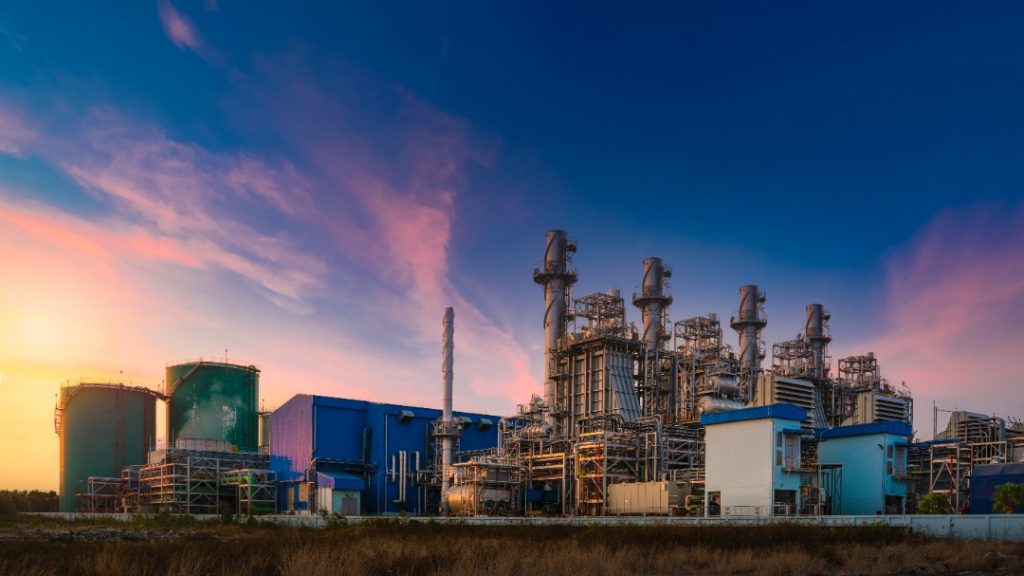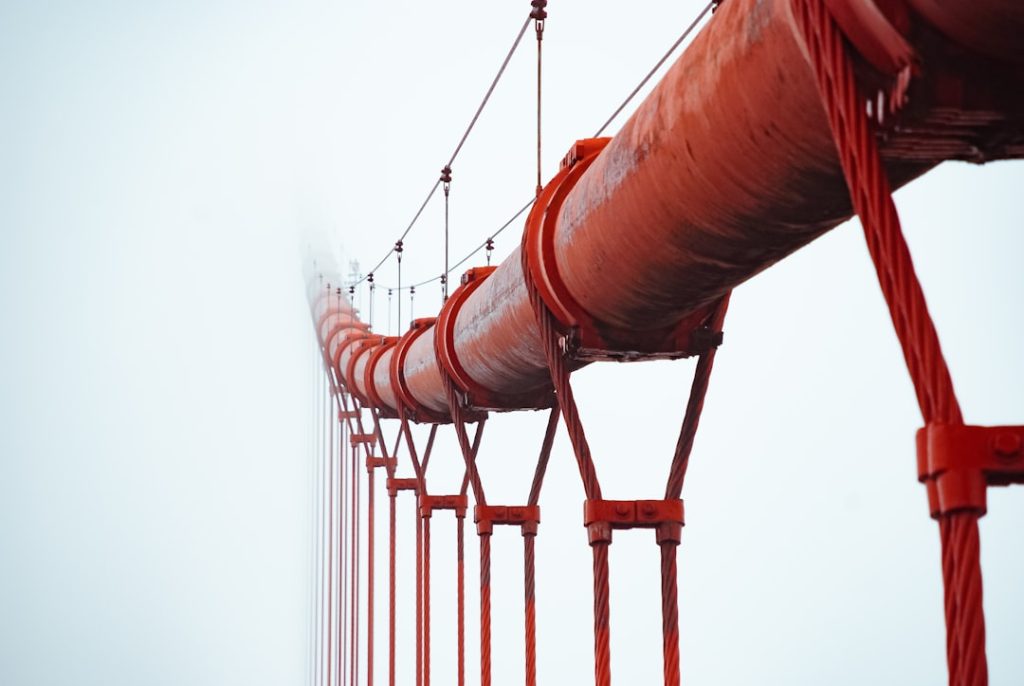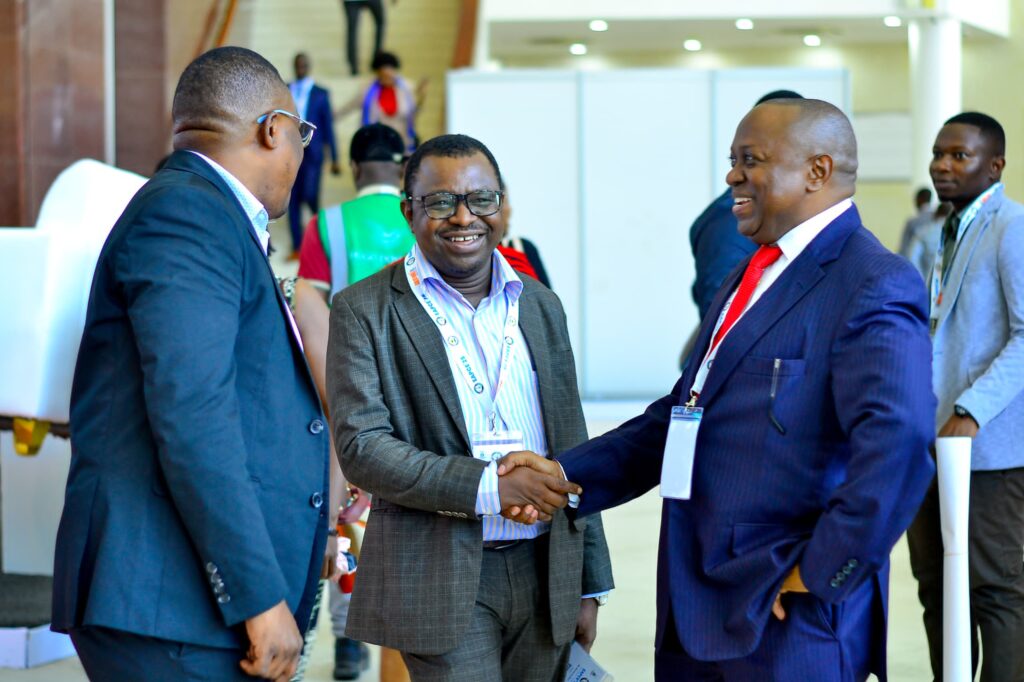Pipelines, Tank Farms & Refineries.
Equipment. Welding. Coating. Cathodic Protection. Oil Spills. Inspection.

Needs Assessment:
In the oil and gas industry, pipelines, tank farms and refineries encompass some of the most important installations and pieces of equipment. Moving and storing petroleum products requires specialized equipment that meets stringent standards, and it needs to be consistently inspected and maintained as well.
EPFC
Petrogas is an Engineering Procurement Fabrication & Construction (EPFC) company that delivers a full range of pipeline, tank farms and refinery solutions for both onshore facilities and offshore platforms:


Onshore facilities and offshore platforms:
>> Pipelines and tanks in all specifications and configurations.
>> Engineering, design, and construction.
>> Pipeline coating.
>> Pipeline and Tank inspections.
>> Cathodic Protection and Corrosion control
>> Related equipment and materials.
>> Maintenance (welding, repair, etc.), rehabilitation.
Strategic Partnerships
Leveraging our strategic partnerships with some of the industry’s leading manufacturers, fabricators, and service contractors, we are well-positioned to provide local support for transportation, distribution, and storage of crude oil, refined petroleum products, as well as LNG, LPG and CNG.
Contact us here to learn more, or read on for more specifics:

Pipelines & Specific Services
Petrogas supplies pipes and services for the safe transportation of oil, gas, and associated products:
Turnkey projects for construction of oil and gas pipelines and oil terminals.
Field joint coating (internal and external) of onshore and offshore pipelines.
Equipment and experienced teams for welding of pipelines — automatic and semi-automatic welding.
Repair and maintenance of oil and gas pipelines.
Leak sealing of pipelines — both temporary and long-term repairs.
Internal lining of pipelines.
Corrosion protection systems for pipelines.
Training and certification of personnel.
Pipeline Spacers
Pipeline spacers are used for pipe-in-pipe applications (carrier pipe inside casing pipe) and are common where a pipe runs across or beside a road, railway, or similar. Depending on locale, it may even be a legal requirement.
Petrogas’ partner pipeline spacers are 100% HDPE, without metal bolts or connectors. This makes them easier to insert/install, far more resistant to corrosion, provides unmatched electrical insulation between pipes, is thermal and shock resistant, and can be installed on steel, concrete, cast and ductile iron, or even plastic pipe. We have spacers for almost any diameter, with corresponding flanges, coupling joints, and more. We can even provide advanced polymer spacers for specific applications (extreme temperatures, etc.)
Oil Spill, Containment and Clean-up
If you work with oil or gas, there will be spills and accidents. It is inevitable. The key is to quickly address the issue, and mitigate the damage. This is where Petrogas really shines.
If you have an issue, need cleanup, or anything remotely similar, contact us. We have the knowledge, the experience, the equipment, and the capability to be there ASAP with what we need. Whether it’s oil skimmers, work boats, containment boom (including the American Fireboom), incinerators, industrial vacuums, and more, we’re ready to address the issue and get everything cleaned up (and of course, repair the problem, and also set up a maintenance schedule to ensure there’s not a repeat next year.)
Tank Inspection
We provide Non-Destructive Testing (NDT) services for tank inspection in accordance with API 653 (such as MFL for mapping of the entire tank bottom, which is far superior than random thickness measurements). Our tank inspection
services include MFL, UT, Vacuum Box, RMS, and Acoustic Emission.
But we go further by incorporating a technique we call “Acoustic Emission Technique” (AET). This is a very useful technique for fast online tank inspection for the reasons stated below:
The technique can be used for inspection of aboveground storage tanks while the tanks are in-service. It is also the fastest way to perform an inspection of the bottom plate.
It’s an excellent basic condition indicator, divided into 5 categories (A: Very Good, B: Good, C: Intermediate, D: Bad, and E: Very Bad).
The technique is very useful for determining a “condition pecking order” for preparing maintenance plans, replacement shutdown plans, etc. It’s a quick, easy way to determine which tanks need attention first.
Conventional Non-Destructive Testing (NDT) Services
Radiography Testing
Ultrasonic Testing
Magnetic Particle Testing
Liquid Penetrant Testing
Hardness testing
Positive Material Identification (PMI)
Ferrite Content Measurement
Holiday inspection
Infrared thermography
Vacuum Box Testing
Contact us here to learn more
Stay Connected with Us
Bringing the World’s Expertise to African Soil
We work in Tanzania and within the East African region, but our scope is entirely global, and our expertise is world-class.
